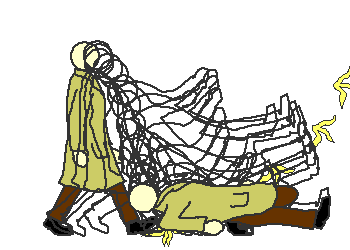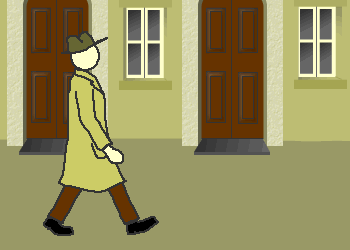
The passé composé narrates a specific, completed event in time. It has a starting point and an ending point.

Le jeune homme a glissé sur une peau de banane.
The use of the passé composé tells you:
| - there is a starting point (the young man unwittingly placed his
foot on a banana skin) - which initiated an event (his foot gave way beneath him and his 220-pound frame came crashing down to the ground) - which then ended (his fall was complete: he ended up lying in a heap on the concrete with an aching backside) |
The imparfait ignores starting points and ending points.

un jeune homme marchait dans la rue.
The use of the imparfait tells you:
| - what was going on, or what the scene was like (a young man was moving down the street) |
The use of the imparfait doesn't tell you anything specific about the action:
| - where he came from - how long he had been walking - how long he would take to get to his destination - whether he will reach his destination and complete his act of walking |
The imparfait is open-ended.